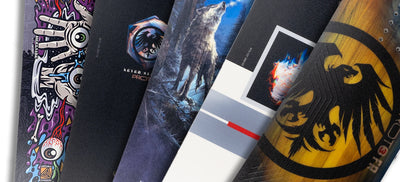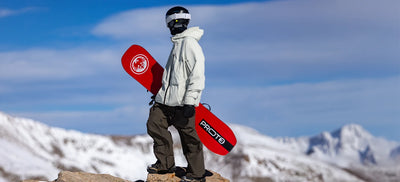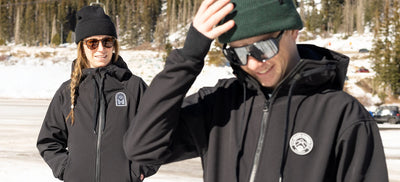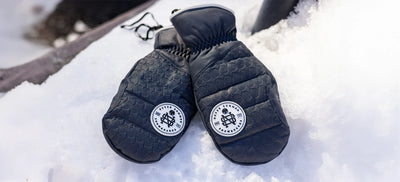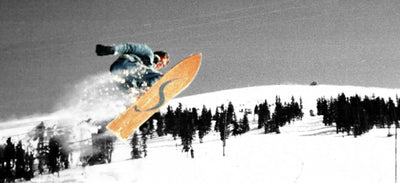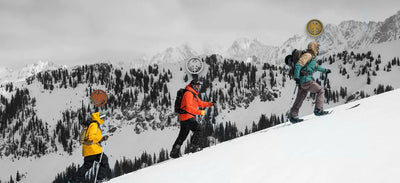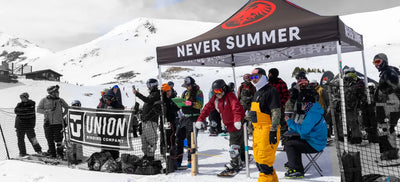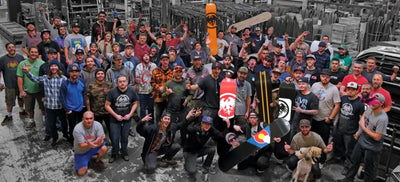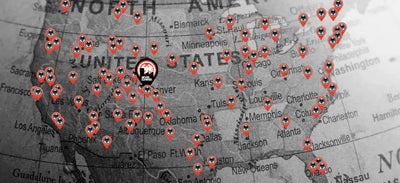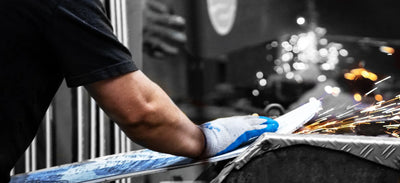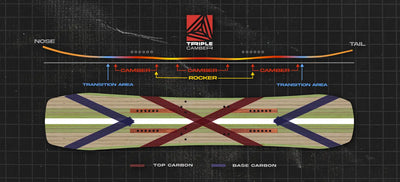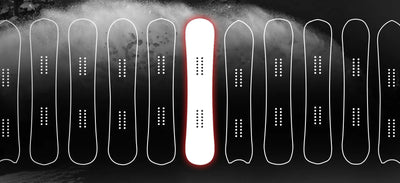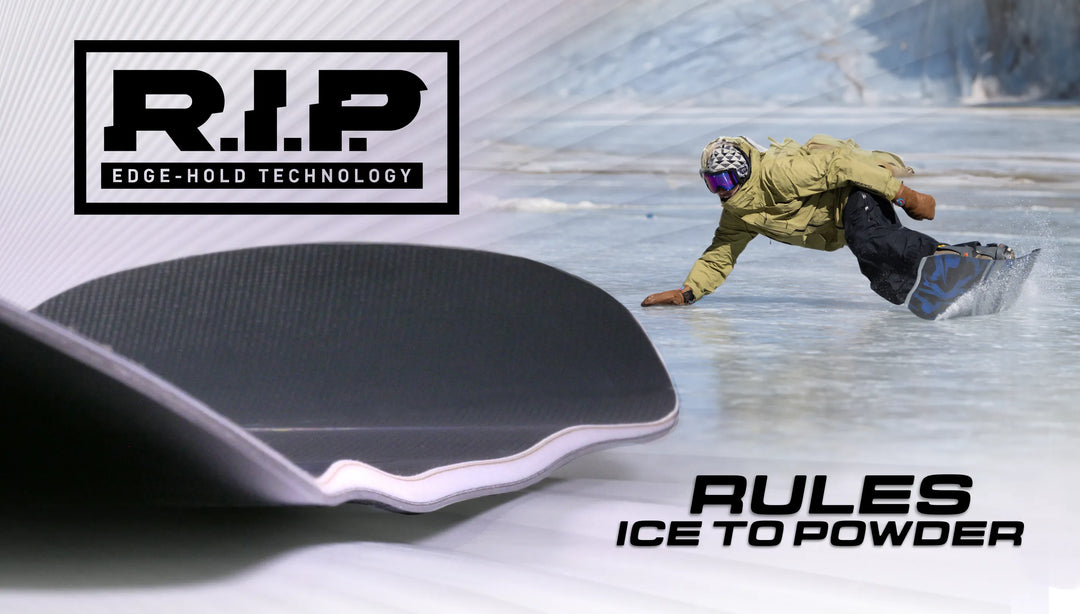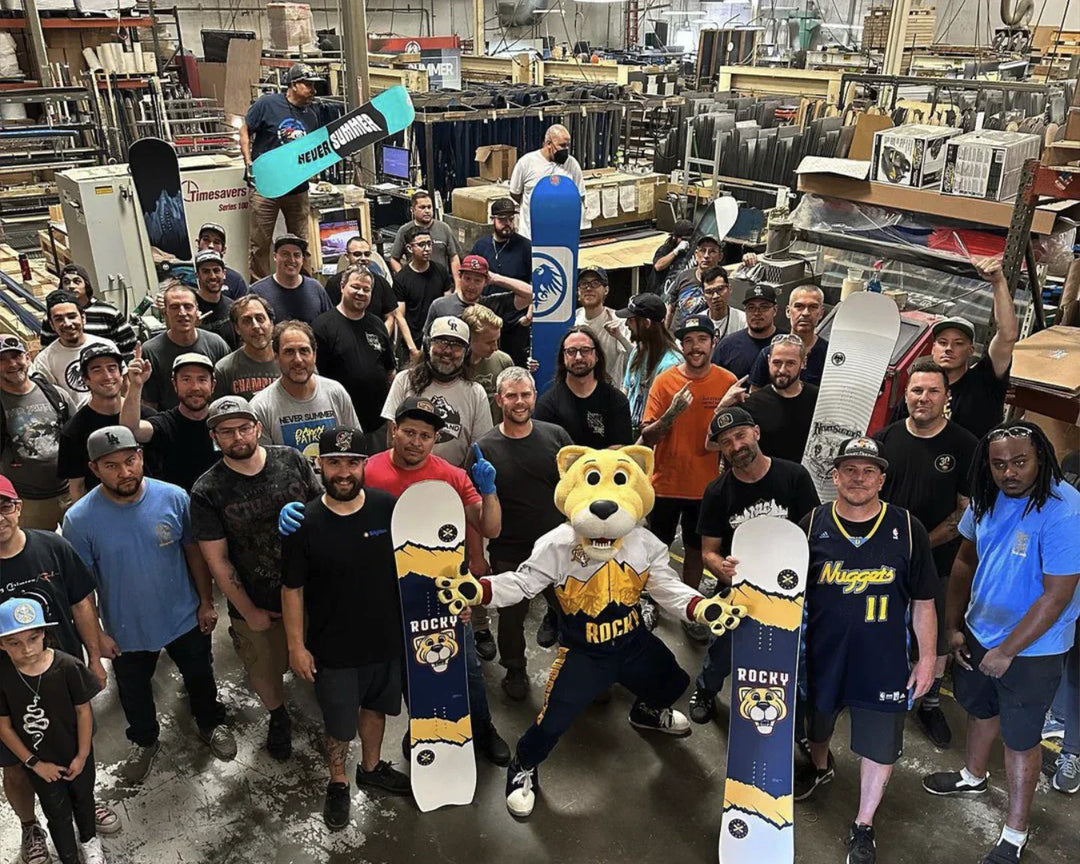Whether you shred the park or throw down huge backcountry lines, it can’t be denied that snowboarding is a lot of fun. Yet, to get the best ride possible, you must ensure that your snowboard is properly set up. This means dialing in each of your snowboards to account for your riding style, natural stance, and overall abilities.
When you first get a new snowboard, it can be easy to gloss over many of the details of setting up due to sheer excitement. However, even the pros need to take a step back and make sure they account for minor details like binding settings. Luckily, Never Summer has all the information you need to get your snowboard setup for the best possible ride.
Our Reference Stance
Just looking for the basic reference stance? Our reference stance is the second set of inserts away from the center of the board and the fourth set of inserts away from the center of the board. See the image below for further explanation. If you think you prefer a more custom stance, refer to the rest of the blog.

Consider Your Snowboard Type
Before you can dive into the details of setting up bindings and figuring out your riding stance, it's a good idea to have a good look at your snowboard.
A common problem you might run into when setting up your snowboard is confusing twin tips with directional/set-back boards. If you have a twin tip board, you will want to center the bindings in the middle of the deck. If you have a directional board, you will still set the bindings on the holes in the same holes as you normally would, but then you’ll notice that the tip length is a little longer than the tail length.
Different snowboard models also influence binding stance angles. For example, the duck stance is the most accepted stance for freestyle snowboards. With this stance, binding angles in the front are set at positive angles and the back at negative - creating a “duck” look.
How to Set Up a Snowboard Stance
Once you know the parameters of your snowboard, it's time to zero in on your optimal stance. For most snowboarders, this means figuring out whether your stance is regular or goofy. If you didn’t know already, regular riders face downhill with their left foot, while goofy riders lead with their right foot.
If you aren’t sure if you are regular or goofy, try standing on a skateboard and see what feels most comfortable to you.
Your skill level and interests as a rider also influence your snowboard stance. For example, it's recommended that beginners start with a centered stance because it makes the snowboard easier to control.
Binding Width & Angle
After you have figured out your preferred stance, you need to consider the width and angle your bindings will be mounted on your snowboard.
Every rider has a slightly different width to their stance. Most snowboarders opt for a stance that is slightly larger than shoulder width. Starting with this size, stand on your snowboard deck move your feet closer together or outwards, depending on what feels better. When you have found what feels comfortable, measure the distance between the inside of your feet – this distance is your stance width.
Stance angle refers to how your feet are angled in relation to the edge of the snowboard. As mentioned earlier, beginners and freestyle riders often prefer the duck stance, where feet are angled in slightly different directions.
Different Binding Settings
The final thing to consider when setting up your snowboard is the different settings on the actual bindings.
The primary binding setting to consider is the angle of your binding backs. This angle is commonly referred to as the “forward lean,” and is extremely important concerning the overall control you have over a snowboard.
The further forward your binding backs are angled, the more your knees will be bent. Because it offers good control, freeriders enjoy a pronounced forward lean for holding an edge at high speeds. Conversely, park riders and freestyle enthusiasts often have their binding backs nearly straight-up.
Contact Never Summer with Questions
At Never Summer, we strongly encourage you to get your snowboard dialed in for maximum enjoyment and safety. If you have additional questions about your snowboard setup, please Contact Us.


